SAEDNEWS: llowing the June 2025 ceasefire with Israel, Iran has announced the formation of a new Defense Council under the Supreme National Security Council (SNSC) to enhance strategic coordination among political, military, and security institutions.
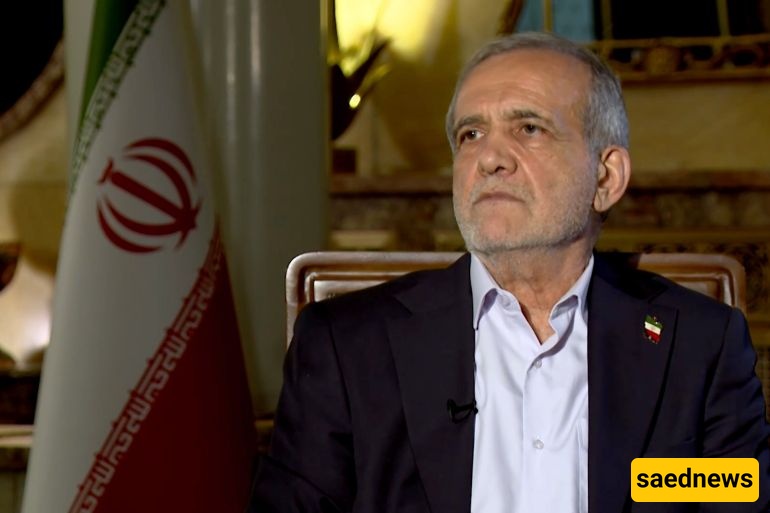
According to Saed News, citing from aljazeera, A central mechanism to coordinate strategic decisions among Iran’s political, military, and security institutions has been announced by the Secretariat of the Supreme National Security Council (SNSC) following the Iranian-Israeli war that concluded in June 2025.
The council was established by decree of President Masoud Pezeshkian and approved by Supreme Leader Ali Khamenei. Its purpose is to lead any potential military confrontation and respond to external aggression threatening the sovereignty and territorial integrity of the Islamic Republic.
In early August 2025, roughly six weeks after the ceasefire that ended the Israeli war on Iran, the SNSC Secretariat announced the establishment of the Defense Council.
The conflict erupted after a wave of Israeli assassinations targeting several top Iranian military commanders, followed by sudden air raids on dozens of locations inside Iranian territory. Tehran retaliated with a large-scale missile strike dubbed "The Truthful Promise."
The council’s formation marks an effort to revive the Supreme Defense Council, which managed war affairs during the Iran–Iraq War (1980–1988), but was later merged into the SNSC under the 1989 constitutional amendment.
The announcement came after a series of warnings from senior Iranian officials about the persistence of Israeli threats, emphasizing they should not be underestimated.
Amid official assessments suggesting the fragility of the ceasefire and the possibility of renewed conflict at any time, Tehran saw the need to restructure its security apparatus and modernize its military decision-making hubs to respond more effectively to emerging challenges.
The Iranian constitution grants the SNSC the authority to form sub-councils according to national security needs. Article 176 of the amended 1989 constitution clearly outlines the SNSC’s powers and responsibilities to safeguard national interests, protect the Islamic Revolution, and preserve the territorial integrity and sovereignty of the Islamic Republic.
According to the constitution, each sub-council is chaired by the president or a member of the SNSC appointed by the president. The law defines their scope of authority and duties, and their formation must be approved by the SNSC.
Under Clause 7 of Article 110, which deals with resolving disputes and organizing relations among the executive, legislative, and judicial branches, the Supreme Leader has the authority to establish high councils or bodies to mediate conflicts. This legal provision explains the formation of the new Defense Council under the SNSC, coordinated directly by the Supreme Leader, who is typically represented by two deputies, one of whom often chairs the SNSC.
Although Iranian media have tried to link the new Defense Council to the former Supreme Defense Council established during the Iran–Iraq War, constitutional analysis reveals key differences in authority and structure.
The new council is a subsidiary body of the SNSC, whereas the former was a standalone war command center before being integrated into the SNSC, with significant differences in hierarchy and mandate.
The formation of the Defense Council addresses Tehran’s urgent need for a centralized mechanism for defense decision-making, aiming to integrate military, security, and political capabilities for a balanced and rapid response to threats.

Article 176 of the Iranian constitution outlines the duties of the Defense Council as follows:
Defining defense and security policies within the framework of the Supreme Leader's general directives.
Coordinating political, intelligence, social, cultural, and economic activities in alignment with comprehensive defense-security measures.
Mobilizing the country’s material and moral resources to confront internal and external threats.
Looking back at the experience of the former Supreme Defense Council during the Iran–Iraq War, it had the authority to:
Recommend military leadership appointments to the Supreme Leader.
Propose declarations of war or peace and the mobilization of armed forces.
Control foreign policy related to defense matters, without external interference.
Its authority extended to the media sphere as well. All propaganda activities — whether on radio, television, or in print — were conducted under its supervision. No media outlet was allowed to broadcast interviews, speeches, or publish articles on defense-related issues without prior approval from the council.
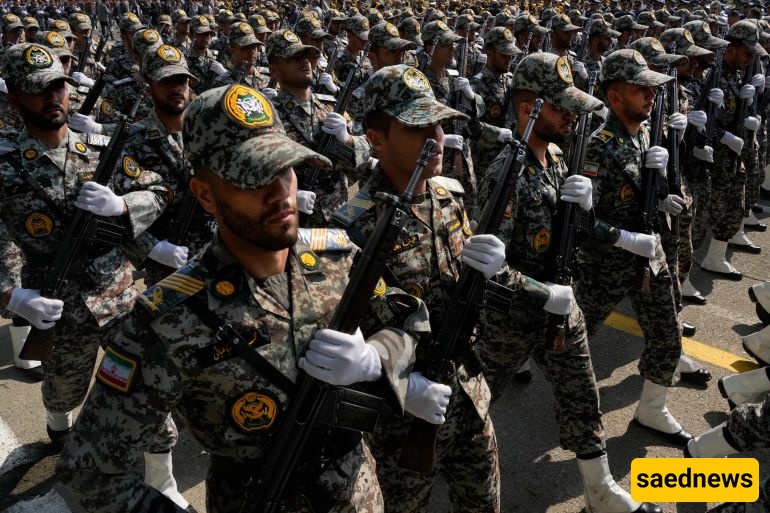
The Supreme National Security Council did not specify the full composition of the new Defense Council, but Article 110 of the Iranian Constitution (ratified in 1979) defined the structure of the previous Supreme Defense Council, which included seven members:
The President
The Prime Minister
The Minister of Defense
The Chief of Staff of the Armed Forces
The Commander-in-Chief of the Islamic Revolutionary Guard Corps (IRGC)
Two advisors appointed by the Supreme Leader
In this context, the Iranian Tasnim News Agency revealed that the adopted structure for the new Defense Council includes the heads of the three branches of government (executive, legislative, judicial), the representatives of the Supreme Leader in the Supreme National Security Council, the Minister of Intelligence, the Chief of Staff of the Armed Forces, the Commander-in-Chief of the Army, the Commander-in-Chief of the IRGC, and the Commander of the central “Khatam al-Anbiya” Headquarters.
This structure shows that the selection of members combines both political figures and military leadership, aiming to enable the Council to address issues and challenges from multiple dimensions and to ensure that its decisions align with the orientations of other state institutions.
According to Tasnim, the chairmanship of the Defense Council—like any other sub-council under the Supreme National Security Council—must be assigned to one of its members, and no figure outside this framework is permitted to assume its leadership. In this regard, the agency reported that the presidency of the Council has been entrusted to the President of the Republic.
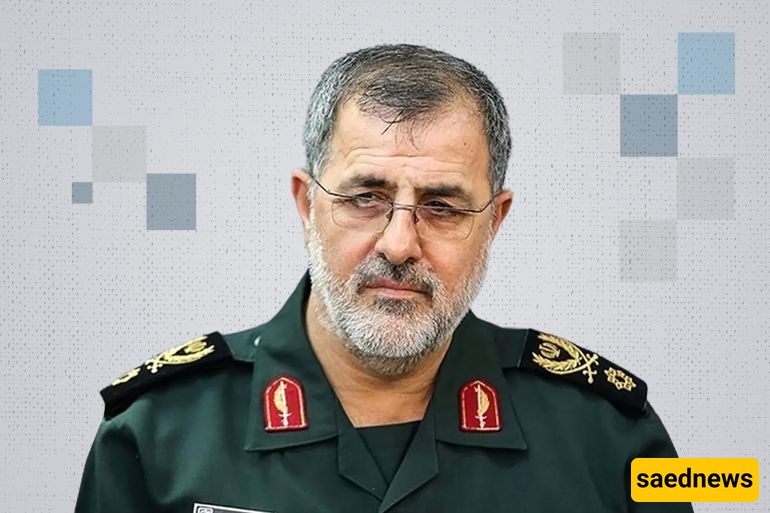
According to the announcement by Tasnim News Agency, the new Defense Council consists of:
“The heads of the three branches of government, representatives of the Supreme Leader in the Supreme National Security Council, the Minister of Intelligence, the Chief of Staff of the Armed Forces, the Commander-in-Chief of the Army, the Commander-in-Chief of the IRGC, and the Commander of the Khatam al-Anbiya Central Headquarters,” detailed as follows:
Masoud Pezeshkian – A physician and reformist politician, born in 1954. He has held several political positions and has run for presidential elections multiple times, although some of his candidacies were rejected by the Guardian Council. He was elected President in July 2024.
Mohammad Bagher Ghalibaf – A conservative Iranian politician and a brigadier general by rank. He has held several positions in the military and police, served as commander of the IRGC Air Force, and was also the mayor of Tehran.
He was elected as the Speaker of the Iranian Parliament on May 28, 2024, a position he also held during the previous parliamentary term.
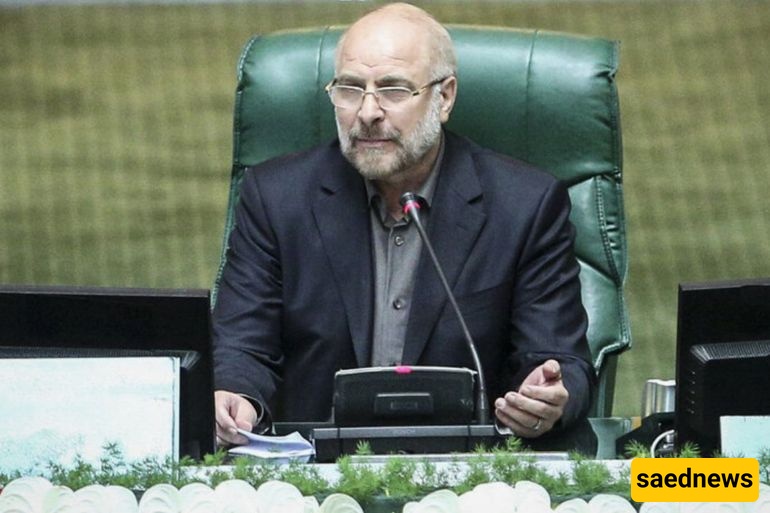
Gholamhossein Ejei is a conservative cleric born in 1956 in the village of Ejeh, located in Isfahan Province, central Iran. He participated on the frontlines during the Iran-Iraq War and held several positions within the judiciary, eventually becoming the First Deputy of the Judiciary in 2014. In 2021, he was appointed as the Head of the Judiciary by Iran’s Supreme Leader, Ayatollah Ali Khamenei.
Esmail Khatib is a conservative Iranian politician, born in 1961. He was educated in the Islamic seminary in Qom and is known for his close ties to the Office of the Supreme Leader, Ayatollah Ali Khamenei. He was appointed Minister of Intelligence during the presidency of Ebrahim Raisi, and President Masoud Pezeshkian reappointed him to the post after winning the 2024 election.
Abdolrahim Mousavi is one of Iran’s most prominent military commanders. He joined the Iranian Army in 1980 and served in the Iran-Iraq War. He became Chief of the Army’s Staff in 1999, then served as Deputy Commander-in-Chief between 2007 and 2016, and was appointed Deputy Chief of the General Staff in 2017.
On June 13, 2025, Ayatollah Khamenei appointed him as Chief of the General Staff of the Iranian Armed Forces, succeeding Mohammad Hossein Bagheri, who was killed in an Israeli strike on Tehran in the early hours of that same day.
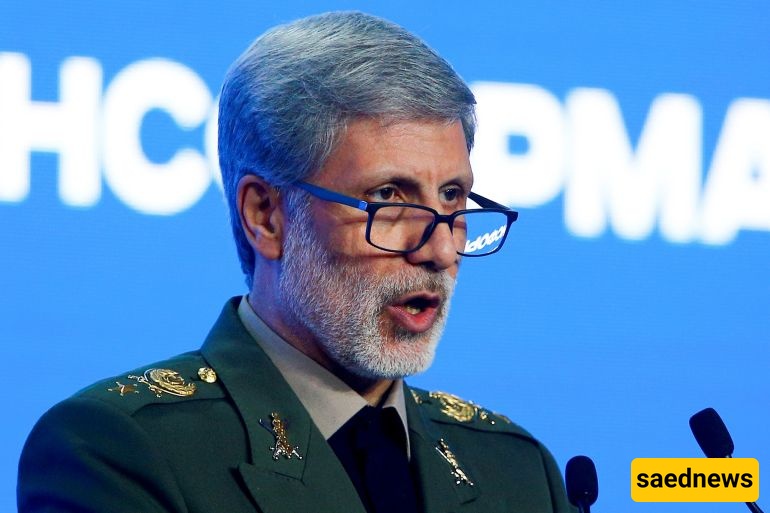
Amir Hatami is a senior military commander, born in 1966. He joined the Iranian Army in 1982 and became the youngest officer to be promoted to the rank of brigadier general at the age of 32. He later served as Minister of Defense and then as Military Advisor to the Office of the Supreme Leader Ayatollah Ali Khamenei.
On June 13, 2025, Khamenei appointed him as Commander-in-Chief of the Iranian Army, succeeding General Abdolrahim Mousavi, who took over as Chief of the General Staff following the death of Major General Mohammad Hossein Bagheri in an Israeli attack on Tehran.
Mohammad Pakpour was born in 1961 in Arak and participated in the Iran-Iraq War. He held various positions within the IRGC, including command of the Northern Camps and the Nasr (Victory) Camp, before becoming Commander of the IRGC Ground Forces in 2009.
He was promoted to the rank of major general and awarded the Order of Fath (Conquest) in 2014. In June 2025, Khamenei appointed him as Commander-in-Chief of the IRGC, succeeding Major General Hossein Salami, who was killed in an Israeli airstrike on Tehran.

